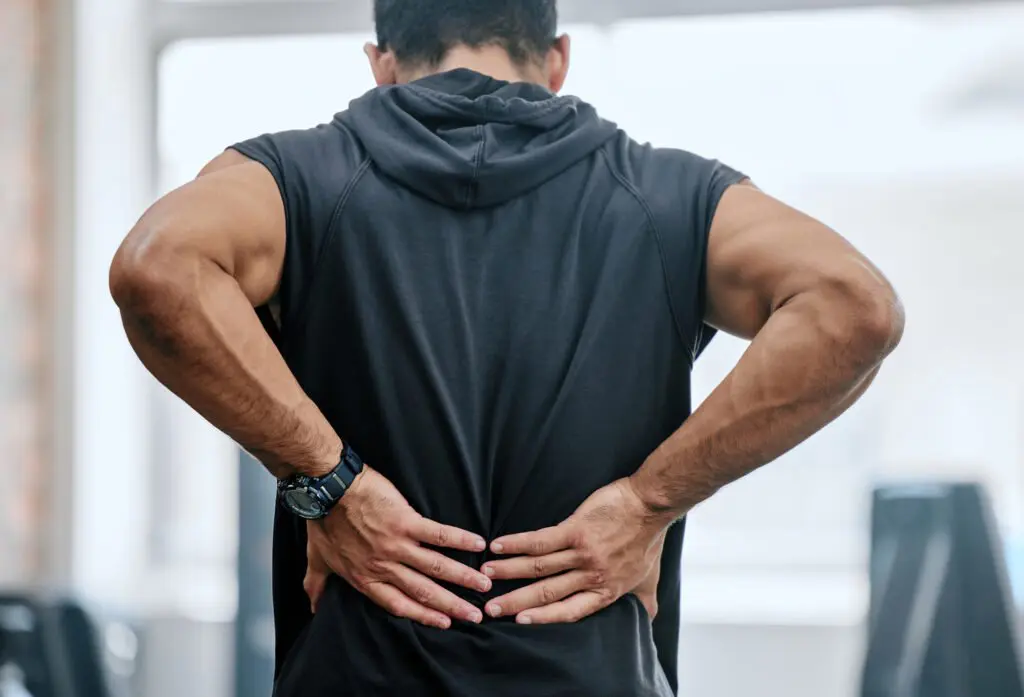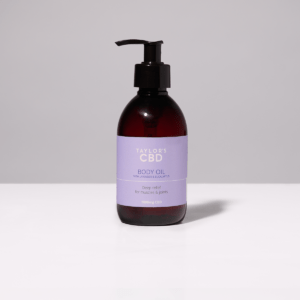- Warm up. So many of us avoid this part, we just want to get on with the workout but it’s so important, warming up will increase your heart rate and blood flow, which will enable more oxygen to reach your muscles. Warming up is not just standing on the mat and swinging your arms but light physical activity for 5 – 10 minutes, such as fast-paced walking, jogging on the spot, lunges, and squats.
- While exercising. If you are feeling pain in the muscles you are trying to work out then try going through the motions of the exercise without the resistance, so if you are doing a push-up and your biceps hurt, sit on the floor, and push your arms out as if you were doing the push-up but not on the floor. It could be that your muscles are just sore, and this could be due to not warming up enough or not doing the exercise correctly. If on the other hand it really is painful then exercise another part of the body that day or just take a rest day.
- Taking the time to cool down. Static stretching doesn’t help with muscle soreness and may interfere with recovery if you are doing it after the workout. One of the most important things to remember when cooling down is to do a low intensity cool down exercise using the muscles that have been involved in your actual workout. For example, low intensity cycling would be ideal after a leg day or low intensity rowing after an upper body day.
- Rolling out with an exercise foam. Research* has shown that after intensive exercise foam rolling is thought to alleviate muscle fatigue and soreness and improve muscle performance. Use it after a workout and roll out the muscles you’ve worked that day especially the ones that you tend to find are sore after a workout.
- Rest days. It’s important to have a rest day, your fitness is not going to disappear in a few days or even a few weeks. If you go back to the gym and exercise those painful muscles too early, then expect further delays. It’s a bit like having a cold and going back to work too quickly, you’re generally off for the next week to recover.
- Apply CBD balm, cream or oil. When you work out the muscles get inflamed, CBD is a naturally anti-inflammatory, its easy to carry in your bag especially the balm or cream, just work it into the areas affected. Our body produces cannabinoid receptors (CB1 and CB2), naturally within the Endocannabinoid system which control of emotion, cognition, and also pain. CBD will act on these receptors by modulating the effect and reaction, therefore controlling pain. Taylor’s CBD with its 1000mg of CBD in their cream, balm and oil will give deep relief to muscle and joint pain, just what you need after a workout.
*Research: Foam Rolling for Delayed-Onset Muscle Soreness and Recovery of Dynamic Performance Measures. Pearcey, Bradbury-Squires, Kawamoto, Drinkwater, Behm & Button
We recommend
Price range: £40.00 through £105.00
Deep Relief Muscle & Joint Cooling Cream
Price range: £40.00 through £105.00








